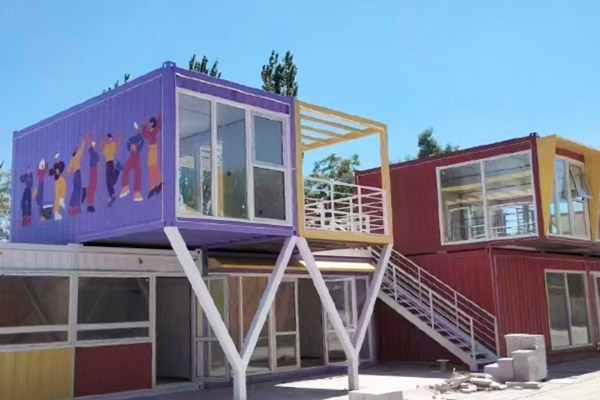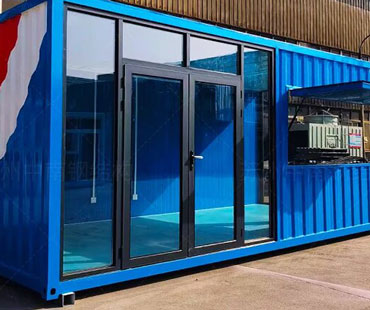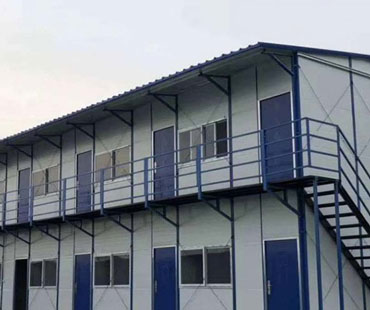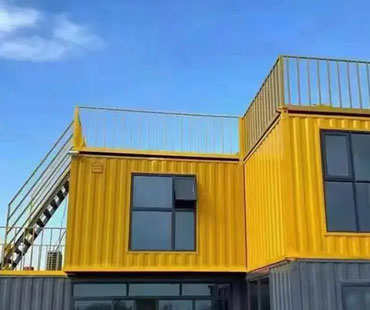Container logistics is a vital component of global trade, facilitating the movement of goods from port to home. This complex chain involves various interconnected processes that ensure products are delivered efficiently and safely. Understanding the intricacies of container logistics requires examining each stage of the supply chain, from port operations to final delivery.
1. Port Operations
The logistics chain begins at the port, where containers arrive on cargo ships from various international origins. Port operations include unloading containers, inspecting them for damage, and storing them temporarily in container yards. Efficient port management is crucial; delays at this stage can ripple through the entire supply chain. Technologies like Automated Guided Vehicles (AGVs) and sophisticated inventory management systems have been implemented in many ports to enhance efficiency.
2. Customs Clearance
Once containers are unloaded, they must clear customs before entering the domestic supply chain. This involves paperwork, inspections, and the payment of duties and taxes. Customs brokers play a significant role here, ensuring compliance with local regulations and facilitating the swift clearance of goods. Efficient customs processes help minimize delays, which is essential for maintaining the flow of goods.

3. Inland Transportation
After clearing customs, containers are transported inland via trucks, trains, or barges. This stage is critical, as it connects ports with distribution centers, warehouses, and ultimately, retail locations. The choice of transportation mode affects delivery speed and cost. For example, trucking offers flexibility and faster delivery times for shorter distances, while rail transport can be more economical for long hauls.
4. Warehousing and Distribution
Once containers reach distribution centers, goods are sorted, stored, and prepared for final delivery. Advanced warehousing technologies, such as automated picking systems and inventory tracking software, enhance efficiency and accuracy. Efficient distribution networks ensure that products reach retail outlets or directly to consumers in a timely manner.
5. Last-Mile Delivery
The final stage of the logistics chain is last-mile delivery, where goods are transported from distribution centers to the end customer’s home. This phase is increasingly challenging due to rising consumer expectations for speed and convenience. Innovative delivery solutions, such as crowd-sourced delivery services and automated delivery vehicles, are being explored to meet these demands.
The journey from port to home is a complex interplay of various processes that require coordination and efficiency. Each stage of the container logistics chain plays a pivotal role in ensuring that goods reach consumers safely and on time. As global trade continues to evolve, advancements intechnology and logistics practices will further enhance the efficiency of this supply chain. Embracing innovations such as artificial intelligence, machine learning, and blockchain can improve visibility, traceability, and responsiveness throughout the logistics process.


